
Here is a list of the ten deadliest animals in Australia.
1. Common death adder (Acanthosis Antarticus)
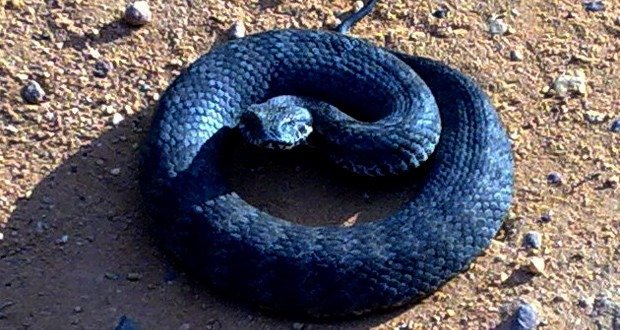
The common death adder is an ambush predator that uses its worm-like tail lure to twitch in order to attract food as it lies immobile and is hidden in sand, gravel, or leaf litter.
Common death adders are more likely to sit tight and risk being trodden on than other snakes, which makes them more deadly to the unwary bushwalker. Other snakes run away from approaching humans by crashing through the vegetation. It is said that they won’t bite unless they are really touched.
Approximately 50% of death adder bites resulted in mortality prior to the development of antivenom. A particular kind of neurotoxic found in the venom causes paralysis and death by impairing breathing and other motor and sensory functions.
2. Coastal Taipan (Oxyuranus Scutellatus)
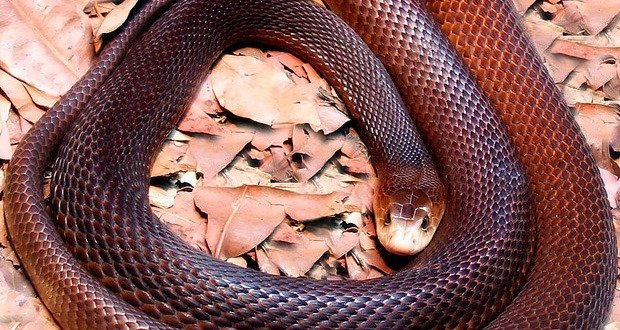
The coastal taipan has the third-most lethal venom among terrestrial snakes and the largest fangs of any Australian snake (13 mm).
Being extremely tense and vigilant, they defend themselves fiercely when confronted or cornered, “freezing” and then propelling their light body forward to deliver many lightning-fast snapping bites. They like to avoid confrontation, though, and are typically not aggressive.
Taipan bites were almost always lethal and contributed significantly to human fatalities until the development of a specialist antivenom in 1956. The venom damages the kidneys and nervous system, causing vomiting, seizures, internal bleeding, muscular deterioration, and internal hemorrhage. In extreme circumstances, death may happen in half a day.
3. Blue-ringed octopus (Genus Hapalochlaena)
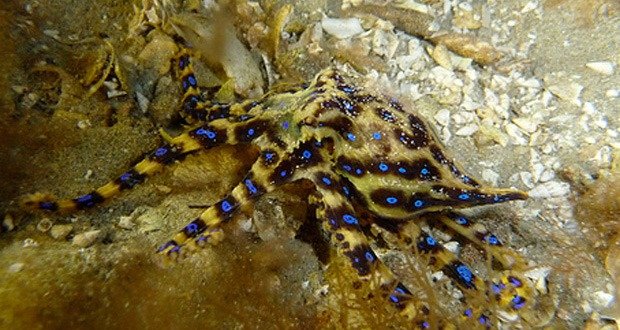
The blue-ringed octopus is capable of killing 26 humans with its three hearts, blue blood, and venom. The flesh of fugu fish, an expensive delicacy treasured by the Japanese, has the same nerve poisons injected by a blue ring. More hospitalizations result from eating poorly prepared fugu than from bites from blue-ringed octopuses. There have only been three confirmed deaths linked to the blue-ringed octopus; however, hospital admissions are extremely rare, and no deaths have occurred since the 1960s.
4. Sydney Funnel Web Spider (Atrax robustus)

They burrow in moist, protected regions and are found across New South Wales, including woodlands and densely urbanized areas. They can stroll across backyards and occasionally tumble into swimming pools. Although they are uncommon, they can become very hostile when they feel threatened.
The Sydney Funnel-web, despite its small size of 1.5–3.5 cm, has fangs that are larger than those of a brown snake and so strong that they can even puncture through fingernails. When injected into a male, their venom contains a substance that can damage the human nervous system, change how all organs function, and even cause death. Although one in six bites results in a serious reaction, no fatalities have been reported since the antivenom was made accessible in 1981.
5. Saltwater or Estuarine Crocodile (Crocodylus Porosus)

Due to their viciousness and aggression, saltwater crocodiles are known to cause 1-2 known deaths per year in addition to 4–10 non-fatal attacks. These incidents are typically well-publicized. The longest confirmed and measured croc was 6.4 meters (21 feet). It might have weighed over a thousand kg. There are unconfirmed tales of 8-meter-long crocs in Australia.
6. Eastern Brown Snake (Pseudonaja Textilis)
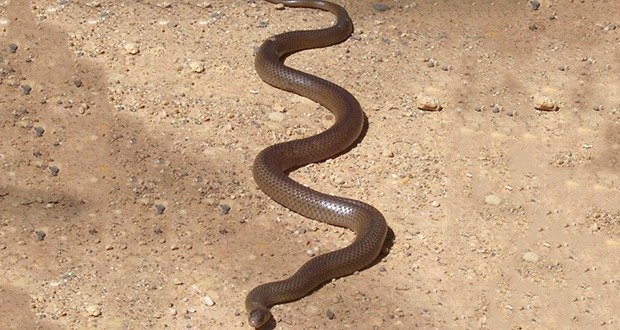
More brown snake deaths occur in Australia each year than in any other category, including those caused by swift-moving, hostile, and infamously irascible eastern brown snakes.
They not only have the second-most poisonous venom of any land snake in the world (according to tests on mice), but they also prefer populated locations, especially on farms in rural areas where there are mice.
When startled, the eastern brown lifts its body off the ground, forming a ‘S’ shape with its mouth wide open and prepared to attack. Its venom can require multiple doses of antivenom to reverse since it causes gradual paralysis and prevents blood coagulation. Within minutes, victims may pass out.
7. Bull Shark (Carcharhinus Leucas)

Like with most animals, you usually have the right of way, while among sharks, you are bigger and more equipped than your friends. Divers have seen a massive tiger shark at Shark Reef, off Pacific Harbour in Fiji, scatter a group of feeding bull sharks, even though the bull sharks are very large. But there was also the time when the bulls banded together and outmuscled the tiger. As far as we are aware, Shark Reef is the only location where ongoing, professional studies on shark behavior are conducted in their native habitat. A diver can witness five to seven different types of sharks on any given day; these animals are all educated by the locals to eat in certain ways at varying depths.
For example, the reef whitetip shark will not come near the baits used to feed the bull sharks. Shallow water at the reef’s edge provides food for the blacktip, whitetip, and grey reef species. At a depth of roughly fifteen meters, tuna heads are fed to the larger sharks. It is a wonderful experience to watch 20 or more bull sharks waiting in line for a tuna head as scientists record the sharks’ gender, behavior, and any distinguishing characteristics.
8. Irukandji (Carukia Barnesi)
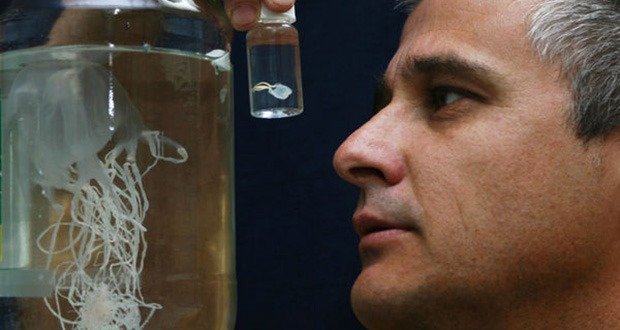
Known for triggering symptoms commonly known as Irukandji syndrome, these tiny, incredibly venomous jellyfish live in Australia’s maritime waters and can sting their victims. It’s not much bigger than a cubic centimeter, approximately. Irukandji is known to exist in two species: Carukia barnesi and the recently found Malo kingi.
The Irukandji people, whose homeland is located along the coastal strip north of Cairns, Queensland, are the source of the syndrome’s name, which Hugo Flecker initially identified in 1952. In 1964, Jack Barnes discovered Carukia Barnes, the first of these jellyfish. To demonstrate that the jellyfish was the source of Irukandji’s sickness, he caught the tiny jellyfish and let it bite himself as his son and a lifeguard watched.
9. Honey bee (Apis mellifera)
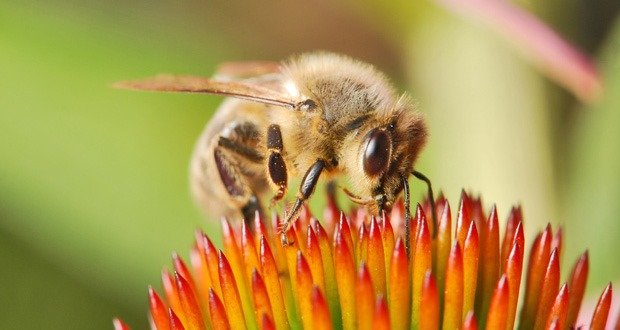
Similar to European wasps, the seemingly inconspicuous 1.5-cm European honey bee poses a serious risk to individuals who are allergic to its venom. Bees, on the other hand, inject a venom bag into their prey along with their stinging barb, unlike wasps. The bee is killed when this separates from it. The native Australian bees are not like the invasive species; they are much smaller and frequently do not sting. More average yearly deaths are caused by allergies to the venom than by sharks, spiders, or snakes taken separately. The percentage of Australians allergic to wasp or bee venom is less than 3%.
10. Box Jellyfish (Chironex fleckeri)
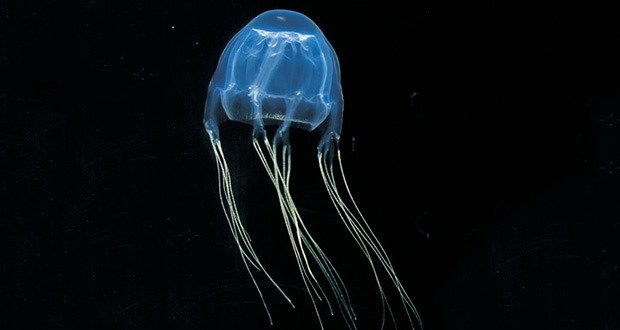
Since 1883, jellyfish have been implicated in over 80 reported deaths. Two deaths were attributed to Irukandji and 79 to the box jellyfish (seen). Both jellyfish can entangle you, have millions of harpoons that can inject a large amount of venom all at once, and have tentacles that are typically unseen. The venom of the box jellyfish can quickly kill a human.
I hope you guys have enjoyed seeing the Ten Deadliest Animals list on our website.
Read more about the Dinosaurs
Read more about the Top 10 World’s Fastest Animals on Land.
Follow us on social media
